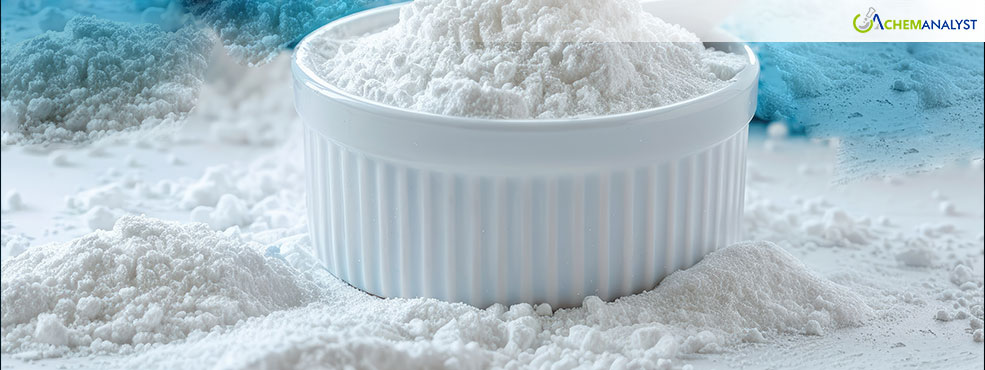Calcium Acetate Market likely to end Q4 2024 on a Bearish Note Amid Oversupply Challenges
- 26-Nov-2024 6:30 PM
- Journalist: Emilia Jackson
The global Calcium Acetate market continues to end Q4 witnessing a bearish trend. Initially in October, the market's trajectory was characterized by a complex interplay of economic, technological, and geopolitical factors that will systematically reshape its fundamental dynamics. The persistent downward pricing trend concerning Calcium Acetate is driven by a significant oversupply scenario, with manufacturers in key production regions like China, maintaining robust production capabilities that substantially outpace current market demand. Further, ongoing economic challenges, particularly China's struggling property market and broader economic uncertainties, also exert considerable pressure on the Calcium Acetate market. Expanding production capacities further intensified the oversupply situation, compelling suppliers to adopt aggressive destocking strategies and pushing prices to increasingly competitive levels for Calcium Acetate. The downstream sector struggled to absorb the excess supply, creating a challenging environment for manufacturers and traders alike.
However, the acetic acid market an imortanta raw material of Calcium Acetate demonstrated moderate strength, supported by supply-side factors such as maintenance activities at production plants, which reduced capacity utilization and eased inventory pressure, prompting manufacturers to raise quotations. Upstream, methanol prices showed a modest increase, driven by higher shipping costs and improved trading activity, adding to the positive momentum in acetic acid pricing. This continues to impact the overall production cost for downstream Calcium Acetate. While the market continued to experience lower demand, manufacturers may be forced to reduce prices to maintain sales volumes despite rising feedstock costs. On the other hand, some of the producers focus on optimizing their processes or securing acetic acid at favorable terms prior to the price hikes, mitigating cost impacts and allowing them to maintain or lower Calcium Acetate prices. This trend is likely to remain until the end of December 2024.
Across the global market, the North American region is expected to follow the price reduction trends of producing nations, driving manufacturers to adopt more cost-effective and sustainable production methods for Calcium Acetate. This shift will benefit buyers and industrial consumers, providing access to competitively priced chemical compounds. However, global trading sentiments remain weak, with supply consistently outpacing demand and the market might perceive the price rise in acetic acid as temporary, leading manufacturers to absorb the higher costs rather than pass them on to consumers, particularly if the Calcium Acetate market is already underpricing pressure.
Manufacturers are advised to focus on process efficiency and technological innovation to leverage the favorable pricing environment. The stability of raw material costs, particularly acetic acid, offers flexibility to optimize production, fostering a competitive landscape where price reductions are likely.
As the market evolves, the Calcium Acetate industry will reflect broader trends in global supply chains, driven by economic forces, innovation, and industrial demand. Stakeholders across the value chain must adopt strategic and forward-looking approaches to navigate this dynamic landscape.



